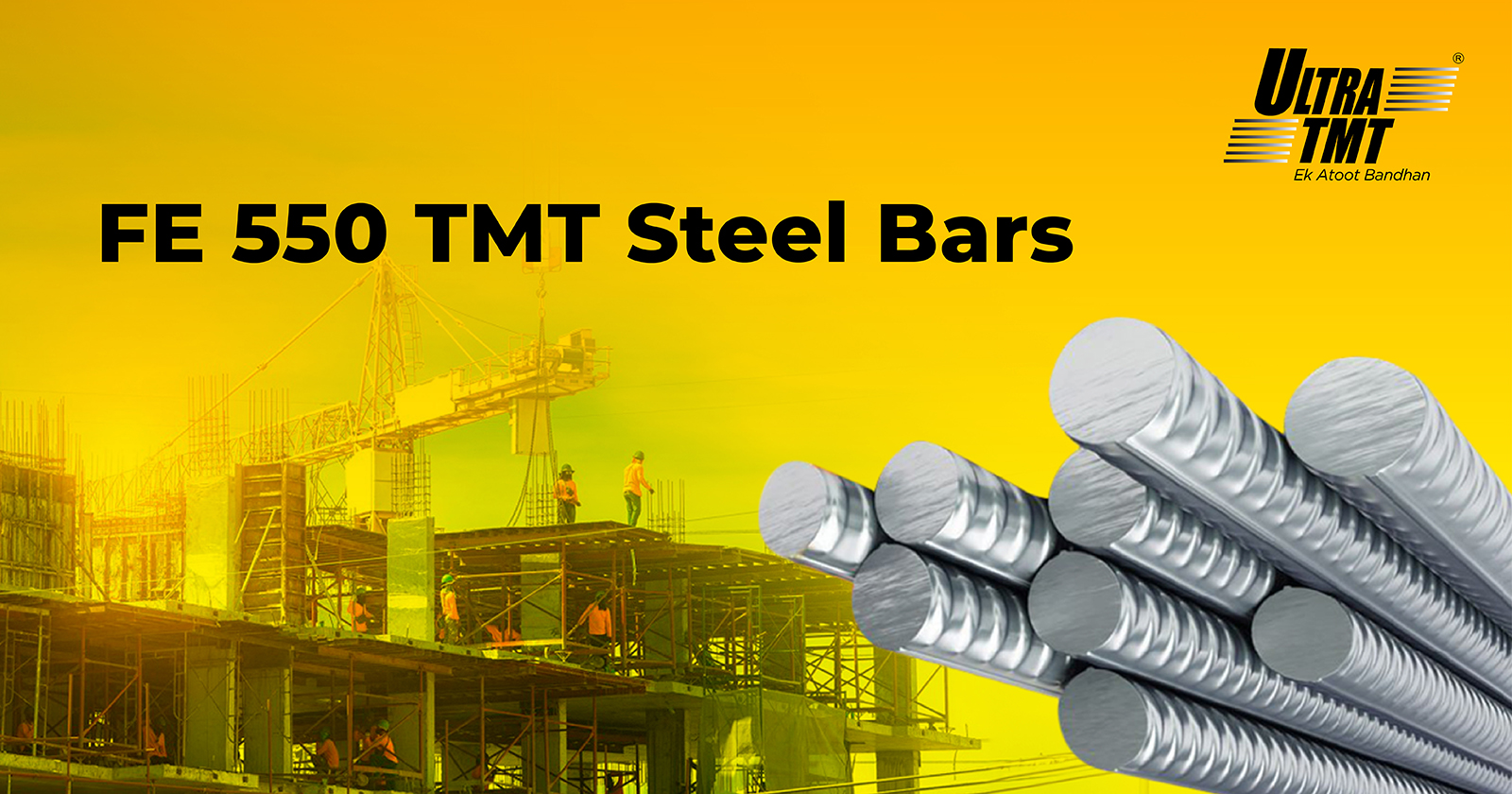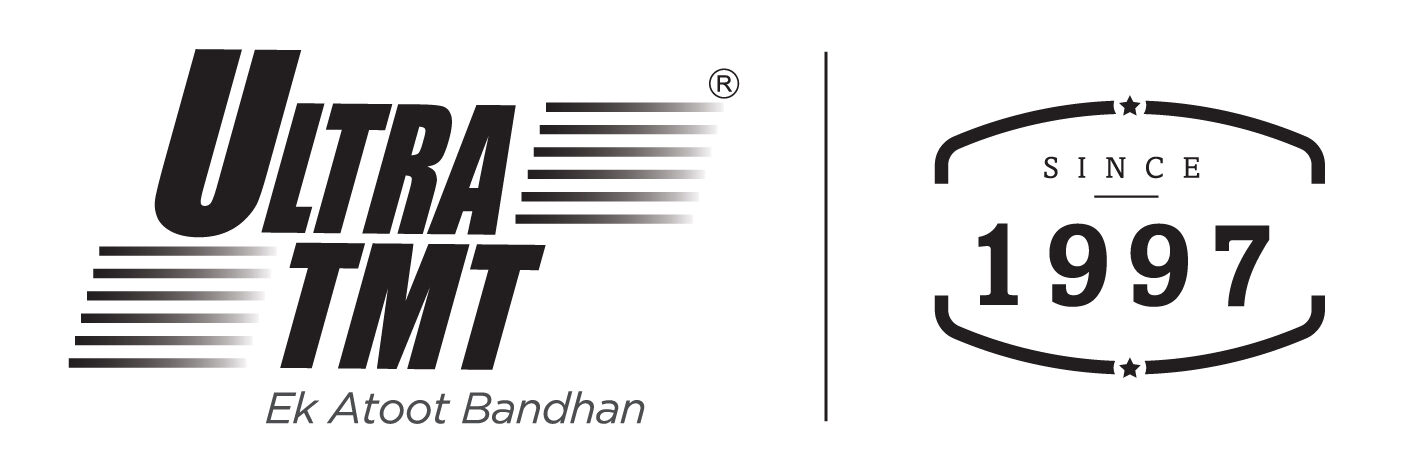

Earthquakes, as formidable forces of nature, pose significant threats to life and infrastructure. The key to mitigating the catastrophic impact of seismic activity lies in the construction of earthquake-resistant structures, wherein the choice of materials becomes paramount. Among these materials, Ultra TMT, which is among the best TMT bars, stands out for its exceptional strength, ductility, and flexibility, making them indispensable for ensuring the safety and resilience of buildings in earthquake-prone regions.
How Fe 550 TMT Bars Can Save You Money on Materials and Enhance Structural Integrity
The skeleton of any robust structure relies on the strength and resilience of its reinforcement bars. In Hyderabad, Ultra TMT (Thermo Mechanically Treated) bars are the preferred choice for construction projects due to their superior properties. However, navigating the world of TMT bars can be confusing, especially when faced with options like Fe 500 and Fe 550. We delve into the key differences between these two grades of TMT bars, ultimately helping you make an informed decision for your construction needs.
Understanding the Terminology:
- Fe: Stands for Ferrum, the Latin word for iron, indicating the presence of iron in the steel.
- 500/550: Represents the minimum yield strength of the bar in MPa (Megapascals). Simply put, it signifies the amount of stress the bar can withstand before permanent deformation occurs.
The Core Distinction: Yield Strength
The primary difference between Fe 500 and Fe 550 TMT bars lies in their minimum yield strength. Fe 500 bars offer a minimum yield strength of 500 MPa, while Fe 550 bars boast a higher minimum yield strength of 550 MPa. This translates to a greater ability of Fe 550 bars to resist bending or deformation under pressure.
Benefits of Fe 550 TMT Bars:
- Enhanced Strength and Durability:
The higher yield strength makes Fe 550 bars ideal for high-rise buildings, bridges, and other structures that require exceptional load-bearing capacity. They can withstand heavier loads and stresses, ensuring the long-term structural integrity of the building.
- Reduced Material Consumption:
Due to their superior strength, fewer Fe 550 bars are needed compared to Fe 500 bars to achieve the same level of structural stability. This translates to potential cost savings on materials and labour.
- Improved Seismic Resistance:
In earthquake-prone regions, Fe 550 bars offer better seismic resistance. Their superior ductility (the ability to deform without breaking) allows them to absorb the impact of tremors more effectively, minimising structural damage.
Making the Right Choice
The selection between Fe 500 and Fe 550 TMT bars boils down to a careful evaluation of your specific project needs. Consider factors like the type of structure, load-bearing requirements, seismic zone (if applicable), and budget constraints. Consulting with a qualified structural engineer and adhering to relevant building codes is crucial for making the most informed decision.
Finding the Best Deals:
Conclusion:
Both Fe 500 and Fe 550 TMT bars play a vital role in modern construction.
Understanding their strengths and limitations empowers you to select the most suitable grade for your project. When seeking superior strength, earthquake resistance, and potential cost savings on material consumption, Fe 550 TMT bars emerge as the stronger contender. However, Fe 500 bars remain a valuable option for projects with lower load requirements or budgetary limitations. Remember, prioritising quality and adhering to building codes are paramount for constructing safe and secure structures.
FAQ
The difference between a TMT bar and a normal bar is the composition and strength. TMT (Thermo-Mechanically Treated) bars are manufactured by subjecting them to a combination of heat treatment and mechanical processes, which enhances their strength and ductility. This process involves quenching the bars in water after they are heated to a high temperature, followed by self-tempering. As a result, TMT bars exhibit superior tensile strength, elongation, and corrosion resistance compared to normal bars. Additionally, TMT bars have a soft ferrite-pearlite core and a tough outer martensitic layer, which contributes to their improved seismic resistance and structural integrity. In contrast, normal bars do not undergo such specialized treatment and have relatively lower strength and durability. Hence, in construction projects which require high quality reinforcement, TMT bars are widely preferred for their superior mechanical properties and ability to withstand seismic forces.
Several factors need to be considered while identifying the best TMT bars. Firstly, it is crucial to assess the brand reputation and credibility of the manufacturer. Look for renowned brands that have a proven track record of delivering high-quality TMT bars. Secondly, consider the grade and certification of the bars. Look for bars that comply with national and international standards, such as IS 1786:2008 for India or ASTM A615/A615M for the United States. Thirdly, evaluate the manufacturing process. The best TMT bars are produced using advanced technology and adhere to strict quality control measures, ensuring uniformity and consistency. Additionally, check for features like rib patterns, which enhance the bond strength with concrete. Lastly, consider factors such as corrosion resistance, elongation, and yield strength, as they determine the overall durability and performance of the TMT bars. By carefully considering these factors, you can identify the best TMT bars that meet your specific construction requirements.
TMT bars, or Thermo-Mechanically Treated bars, have a wide range of uses in the construction industry. They are primarily used for reinforcing concrete structures to provide strength and durability. TMT bars are commonly used in the construction of buildings, bridges, dams, flyovers, and other infrastructure projects. Due to their high tensile strength, they effectively withstand heavy loads and seismic forces, making them ideal for earthquake-prone areas. TMT bars are also corrosion-resistant, ensuring the longevity of structures even in harsh environmental conditions. Moreover, their superior bond strength with concrete enhances the structural integrity and stability of buildings. TMT bars are available in various sizes and grades, making them versatile for different types of construction applications. Overall, TMT bars are essential components in the construction industry, providing the necessary reinforcement to ensure safe and resilient structures.
